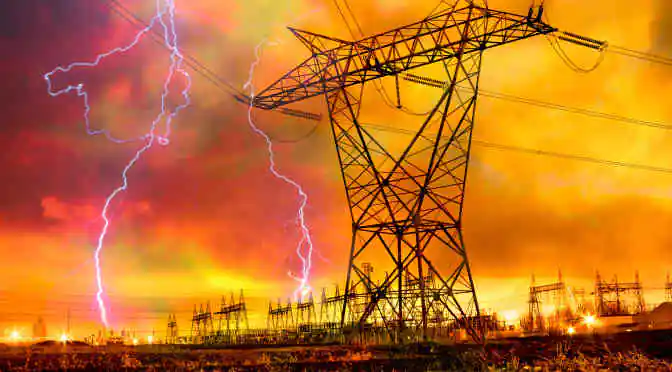S&C Electric Company, Schneider Electric and Oncor have recently taken major steps forward in microgrid development, with the unveiling of an advanced grid in Texas.
In an article announcing the new grid, David Chiesa, director, microgrid business development for S&C is quoted saying, “improving power reliability and optimising generation assets requires disruptive technologies that allow customers to work on and off the grid”.
These themes of improving reliability and optimizing generated power appear again and again when discussing energy nowadays. The energy landscape is shifting, and no one can predict what exactly the future holds for the energy sector. In order to provide power for growing populations worldwide, utilities are starting to look to new technologies like microgrids.
What is a Microgrid?
A microgrid is a power grid that is much smaller than a conventional, centralized grid. It is localized and functions autonomously or in a hybrid mode with the conventional grid. Microgrids produce, distribute, and control the flow of energy to consumers, but all these activities are implemented locally. These systems can be used during power failures in central grid systems as they can operate independently by isolating their generation loads.
Overall, the global microgrid market is expected to grow significantly, posting a CAGR of 18.72 percent from 2014-2019.
A lot of this growth can be chalked up to increased investment in R&D by several organizations and vendors in recent years.
Key market vendors like ABB, Siemens, Lockheed Martin, GE Electric, and Chevron Energy have increased their investment in R&D for the development of sophisticated microgrids. This growing focus on R&D and establishing partnership networks is helping vendors generate energy in an economical way.
High Implementation Costs and Vendor Competition will be Key Challenges
But while a lot of headway is being made in research and development, microgrids are still pretty new and come with all the growing pains inherent in any new technology. At the moment, generating energy from microgrids is a tedious and expensive process, and this high cost means that they are still not very prevalent among end-users in all segments.
These cost woes are being compounded by intense vendor competition in the market. Some industry experts predict that the slew of different pricing strategies that this competition is creating may lead to the development of low-quality microgrids. If the quality of the grids themselves, as well as the energy distribution starts to suffer, this could ultimately reduce the credibility of vendors, and impact the market as a whole.
Upsurge in Government Incentives Will be a Boon to Market Growth
On the bright side, the technology is moving forward by leaps and bounds, and a healthy injecting of government money is expected to help the market maintain its positive trajectory over the next four years.
In 2014, the US held a market share of 42.6 percent of the global microgrids market, thanks to a push in the country to adopt microgrids as a backup power supply during disasters. A large amount of federal dollars are being put towards developing the technology. For example, In December 2014, the Department of Energy allocated a $1.2 million grant for the joint development of a microgrid project with GE Energy and Clarkson University, which is involved in the development of enhanced microgrid control systems to provide secure and stable power in New York City. This significant investment is cementing the US as a leader in microgrid development.
And all of this money being funneled into R&D is yielding results—recently, the market has experienced some rapid advances in technology, which are enhancing the quality of energy production and helping vendors to introduce microgrids with more accuracy and better integration ability. Vendors are able to implement cutting-edge technologies in the energy production process, which has led to the development of highly flexible and scalable microgrids.



